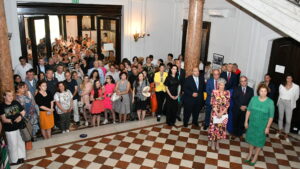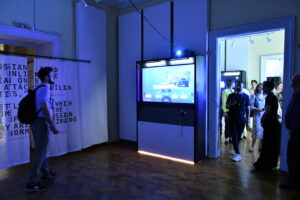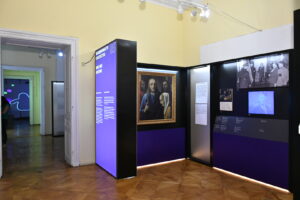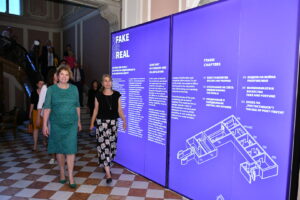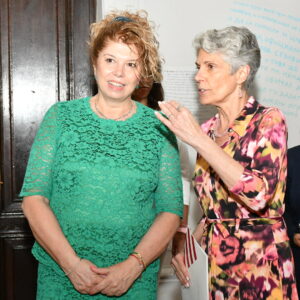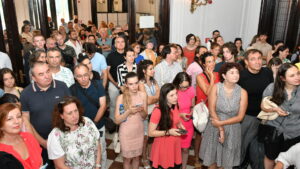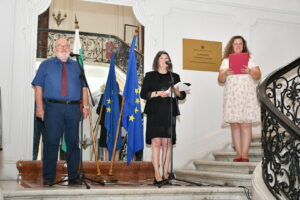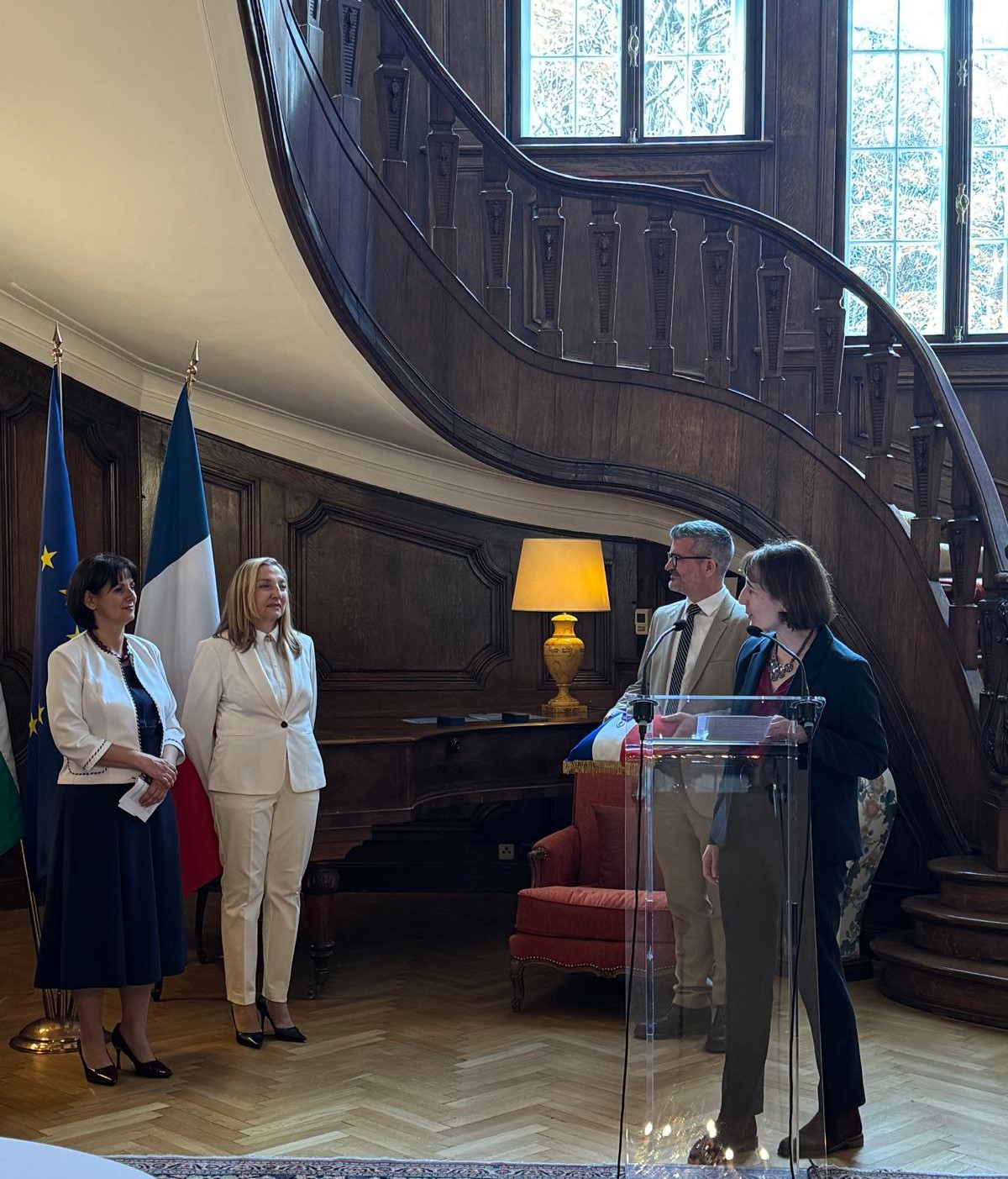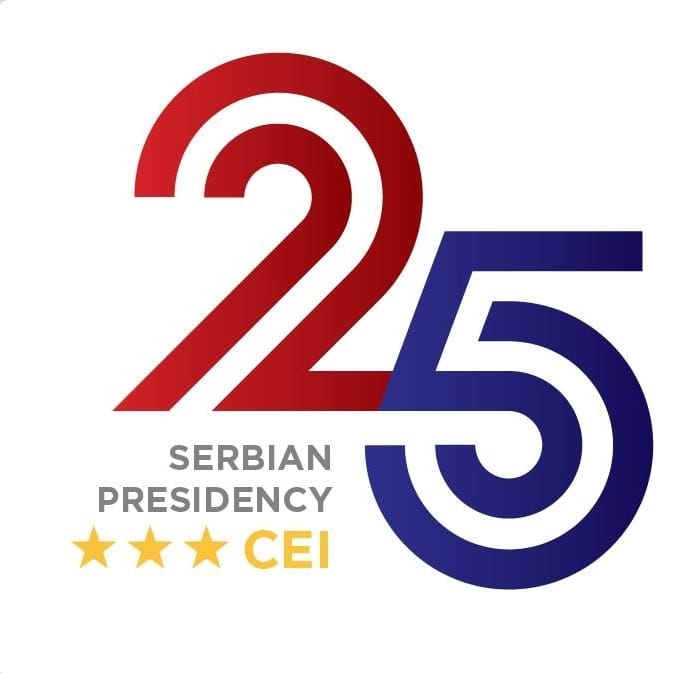The exhibition “Fake (f)or Real? A History of Forgeries and Falsifications”, a project of the European Parliament implemented by the House of European History in Brussels, is visiting the National Ethnographic Museum of BAS until 20 October 2024. Vice President Iliana Iotova opened the exhibition which presented examples of forgeries from the European Middle Ages to the present day.
“This exhibition is not addressed to the past, it is extremely topical nowadays because we have not yet found the ways to fight fake news, disinformation, lies, how to distinguish the truth from half-truths,” the Vice President said in her address and thanked the Institute of Ethnology and Folklore Studies with the Ethnographic Museum of the Bulgarian Academy of Sciences and its director, Prof. Vladimir Penchev, for the good cooperation.
The exhibition presents various forgeries in a historical context. The circumstances explaining the reasons, interests and motives that were involved are important. Attention is also paid to the impact that different types of forgeries have had on people’s expectations, values and beliefs and how they have been debunked.
The travelling exhibition was opened by the Director of IEFSEM – BAS Prof. Dr. Vladimir Penchev and Sen. Asst. Prof. Dr. Iglika Mishkova, Acting Deputy Director of IEFSEM – BAS, the Director of the House of European History Constanze Itzel and the curator of the exhibition Joanna Urbanek. Among the official guests at the opening were the President of the BAS Prof. Julian Revalski, Member of the Academy, the interim Minister of Culture Nayden Todorov, the President of the America for Bulgaria Foundation Nancy Schiller, representatives of diplomatic missions, cultural and educational institutions and others.
“Fake (f)or Real” deals chronologically with six themes: Power and Prayers, Knowing the World, Uniting and Disuniting, Fighting War, Fakes and Riches, and the Age of “Post-truth”. The stories told are supported by numerous examples and visualized through artifacts, many of which are from the collection of the House of European History. The exhibition features more than 100 objects – artworks, photographs, documents and maps containing imaginary territories, descriptions of magic, forged biographies of Christian saints, forged artworks and consumer goods. The exhibition also includes interactive spaces where visitors, through games and videos, can take on the role of fact-checkers faced with the difficult task of figuring out what is true and what is false; what may be published and what may not.
The exposition is realized with the financial support of the America for Bulgaria Foundation and with the support of Sofia Municipality, and is dedicated to the 155th anniversary of the Bulgarian Academy of Sciences. Promotional materials for the exhibition can be found on the website of the National Ethnographic Museum.


